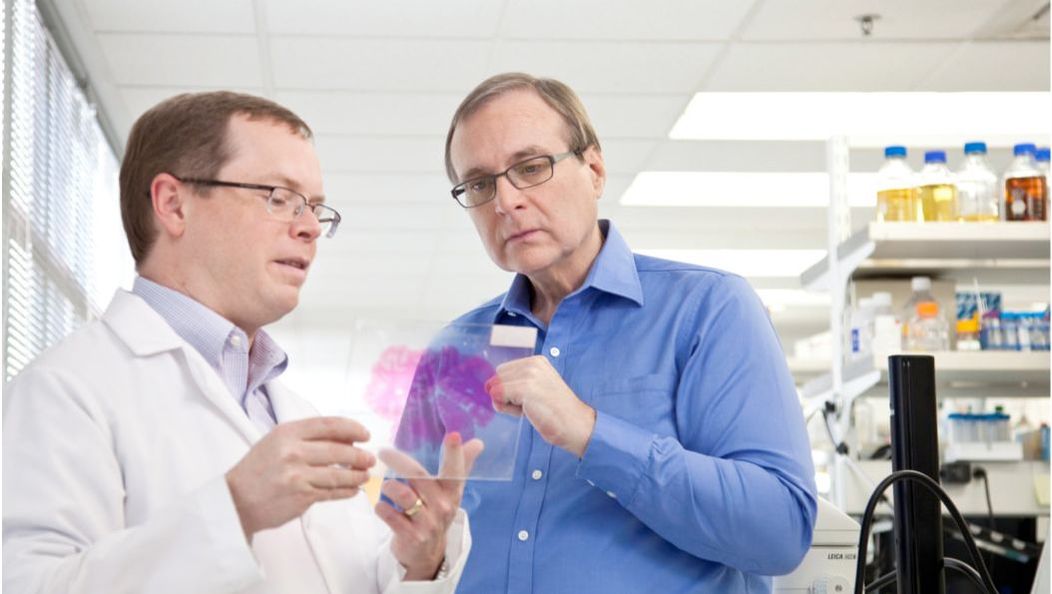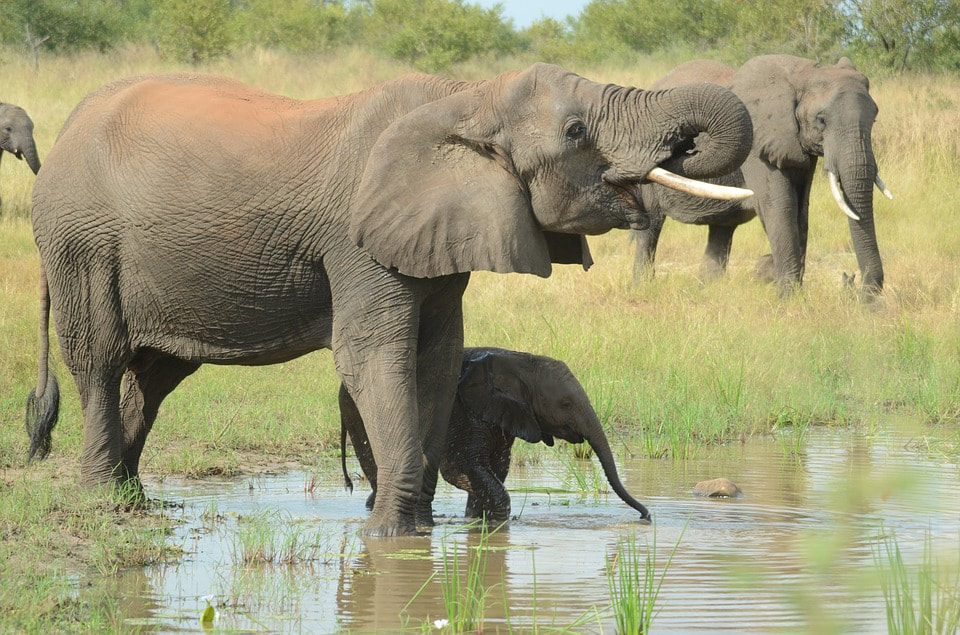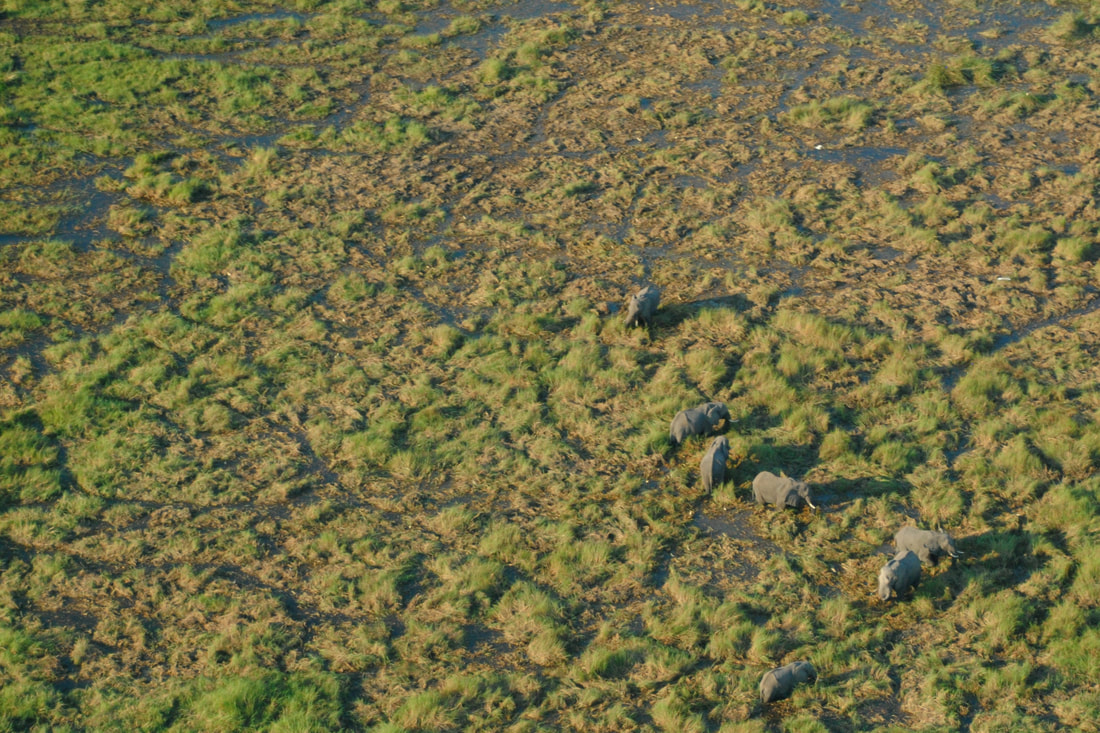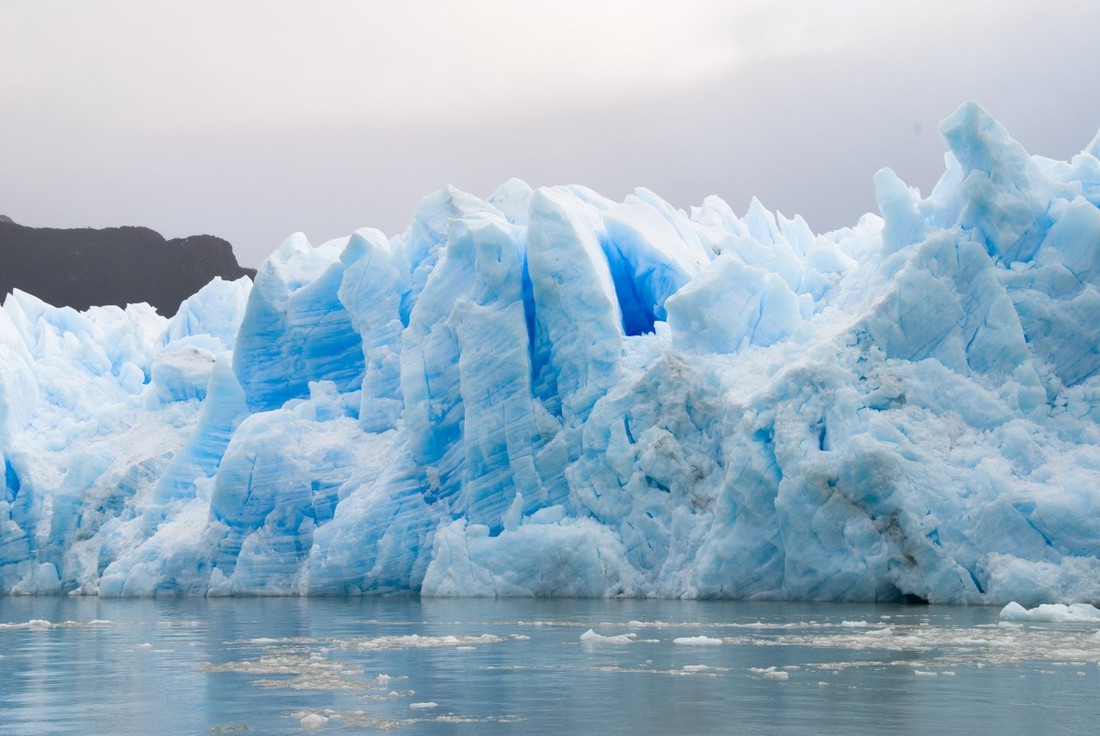|
By Scarlett Brown Artificial Intelligence (AI) is increasingly becoming one of the main topics concerning the future of technology and is making its way into our daily lives even at its infancy. Just think of self-driving cars or even the phone in your pocket - just ask Siri. These examples are just the beginning, and there seems to be big plans in the works for AI... ...and one man believes it can even save the planet. Paul Allen, a scientist, innovator, philanthropist, and (dare I say) conservationist. As the co-founder of Microsoft, Paul Allen is investing in projects dedicated to science, technology, conservation, and community culture. From being the founder of Vulcan Inc., Allen Institute for Brain Science, Institute for Artificial Intelligence, Stratolaunch Systems, and many more foundations he has proven himself dedicated to using the latest technology to lead the way into a better future.
Here are a few ways Paul Allen has helped fill in these information gaps and how he is striving to make sure technology can keep up with conservation demands:
“Early work is proving that algorithms can sift through the massive amounts of data streaming back from these monitoring systems. In turn, humans and machines can begin to identify the plants, birds, fish, and other species captured by these remotely deployed cameras, microphones, and more – sometimes down to the unique individual. And we’re finding new ways to deploy these technologies every day. For example, Microsoft is working on ways to use organisms such as mosquitoes as small, self-powered data collection devices that can help us better understand an ecosystem through the animals they feed on.” - Paul Allen’s team AI can also take high quality images to create detailed geographic maps and monitoring systems to help researchers and the government assess the health and status of habitats and ecosystems over time. AI can also keep collecting more data in order to become smarter as more information is received causing a learning curve that provide us with knowledge on a much faster and needed scale.
The newest and most innovative technology could be the key to saving the planet, however it’s going to take humans themselves to help. We need the public, government officials, scientists, and conservationists to all come together to use the resources at hand to save ourselves in the end. Paul Allen has extensively contributed to conservation efforts with the use of technology and I strongly encourage you to check out his website and many other articles and posts about his projects. Because if I’m being honest, I could’ve easily written 50 more pages.
1 Comment
|
AuthorAs the curators of the Science Media Awards Summit in the Hub (SMASH), we believe storytelling is a common thread in our shared human experience, and that new media allows us to convey the wonders of scientific discovery in new and compelling ways. Archives
October 2018
Categories |







 RSS Feed
RSS Feed